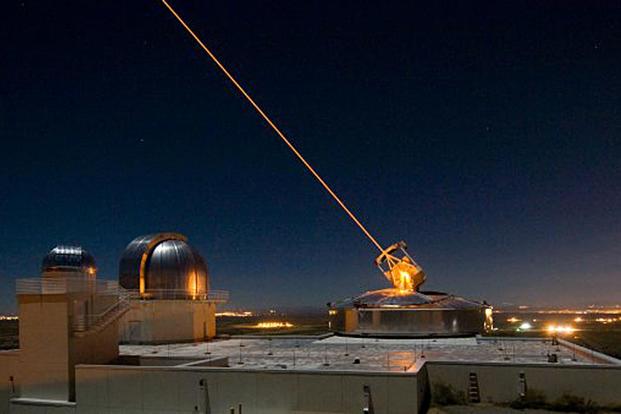Boeing Co. has released video showing its new portable laser weapon burning a hole through and ultimately disabling a flying drone.
The company's Compact Laser Weapons System recently demonstrated its potential during an exercise in Point Mugu, California, where it took out an unspecified type of unmanned aerial vehicle, or UAV, at a "tactical" range, according to a video on its YouTube account.
"Think of it like a welding torch being put on target, but from many of hundreds of meters away," Isaac Neal, a Boeing engineer, said in the video. "Once we turned the laser on, it was about 15 seconds until the drone was clearly disabled."
The 2-kilowatt portable laser includes four pieces of equipment, including a water-cooled chiller, battery power supply, laser and recently upgraded beam director, according to the company. One person can operate the system, which is on the brink of being ready for the battlefield, it states.
Check out the video below:
The Pentagon has long been interested in developing directed-energy weapons.
The Air Force and the Pentagon's research arm this summer began ground testing a 150-kilowatt-class electric laser built by General Atomics against rockets, mortars, vehicles and surrogate surface-to-air missiles at White Sands Missile Range in New Mexico. The project, known as the Demonstrator Laser Weapon System, or DLWS, is based on Darpa’s High Energy Liquid Laser Area Defense System, or Hellads.
In a previous acquisition program called the Airborne Laser, a megawatt-class chemical oxygen iodine laser was installed and successfully tested in a Boeing 747–400 Freighter, but the system took up the entire aircraft and the acquisition effort was canceled in 2009 amid questions about its cost and feasibility.









